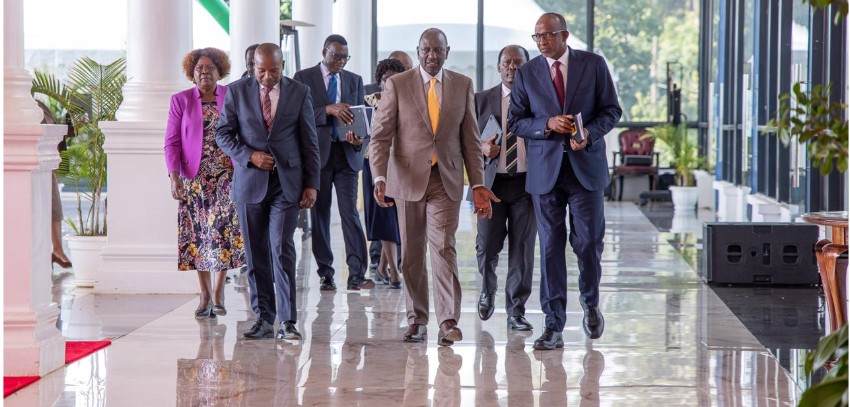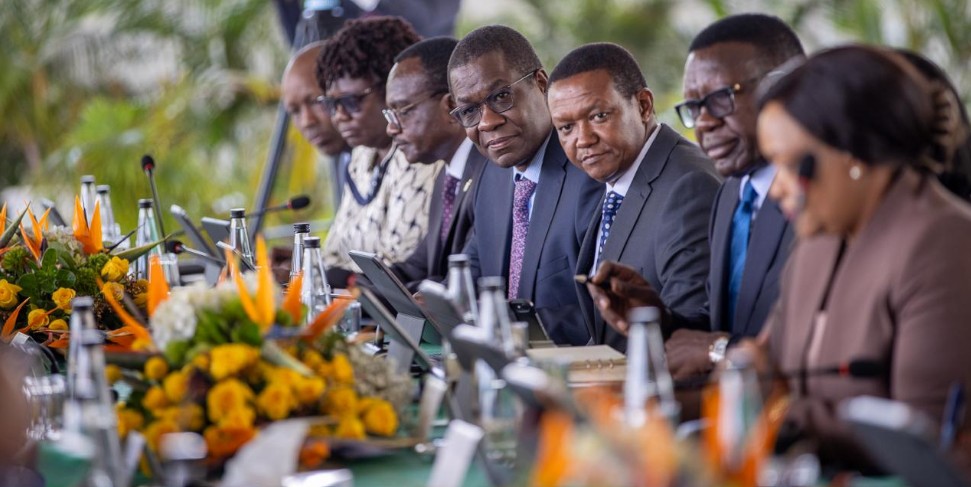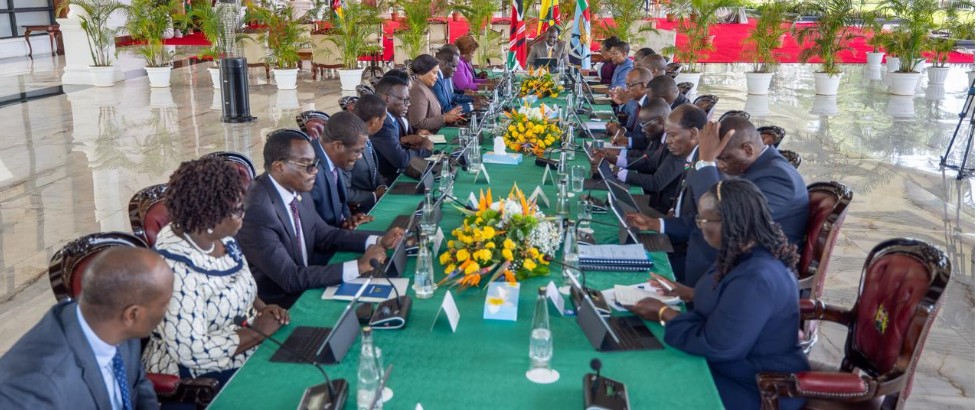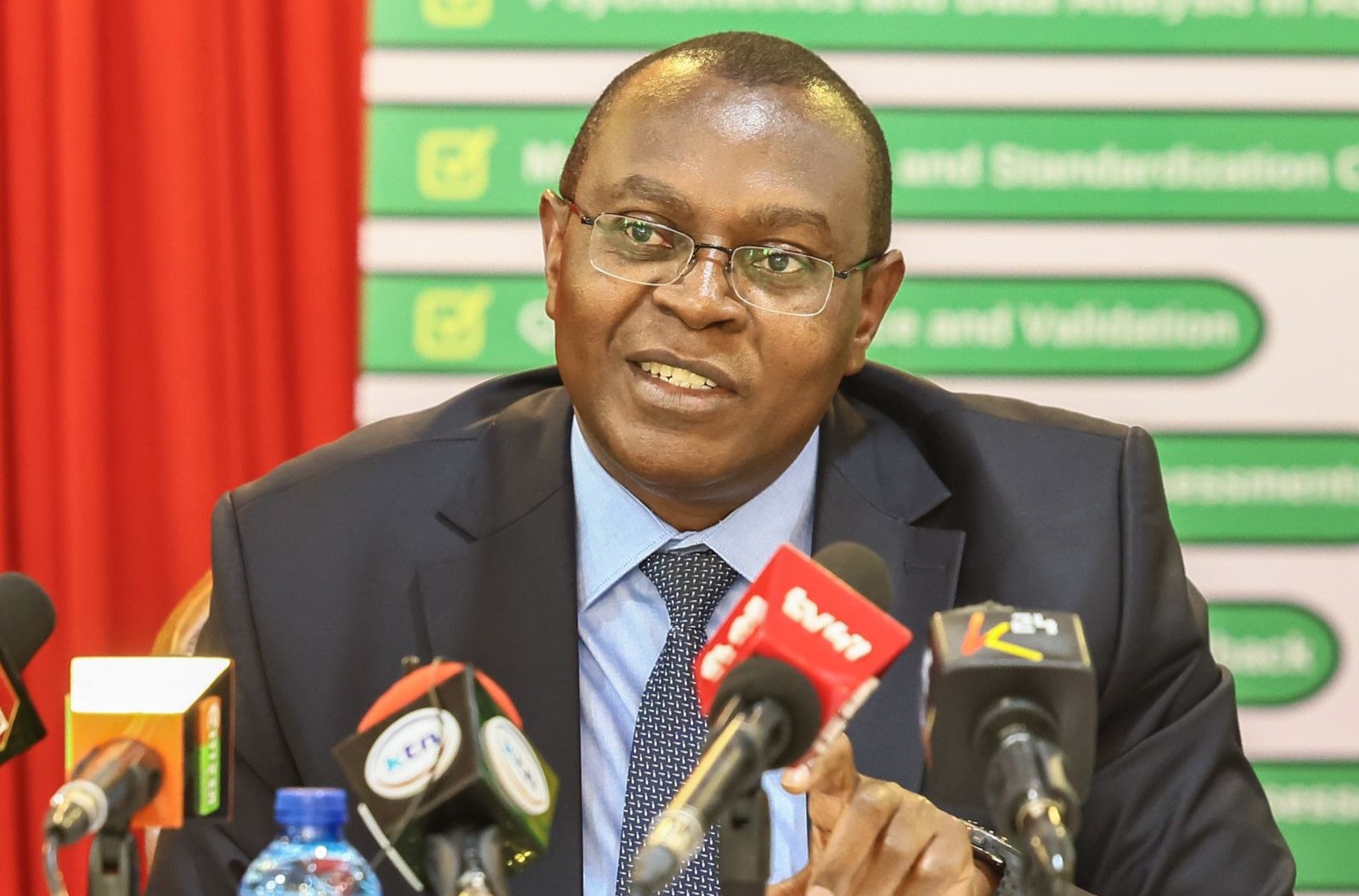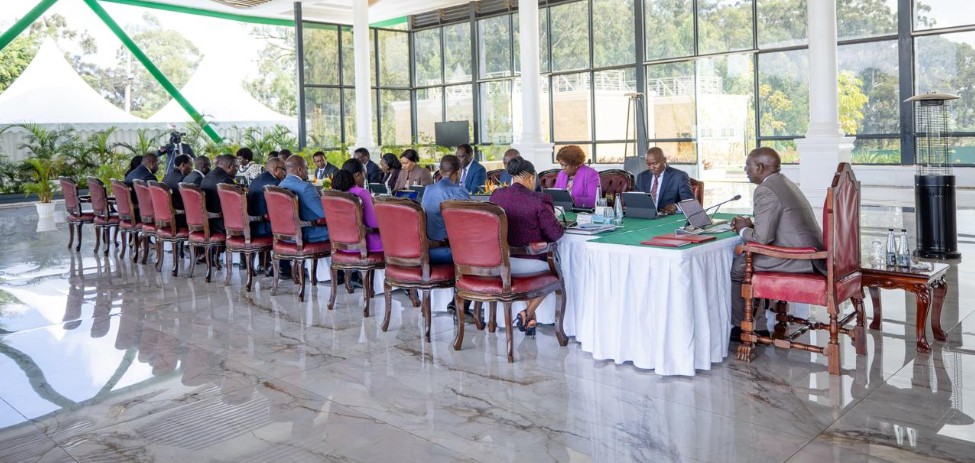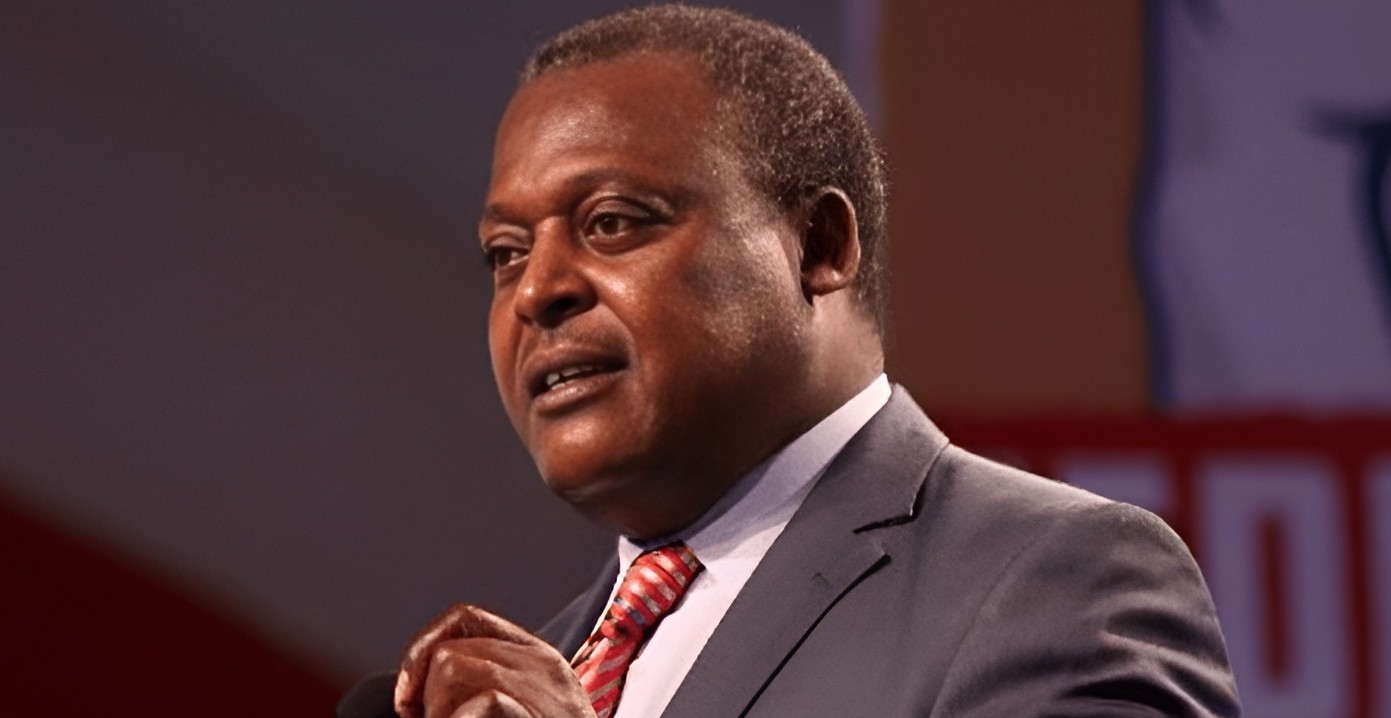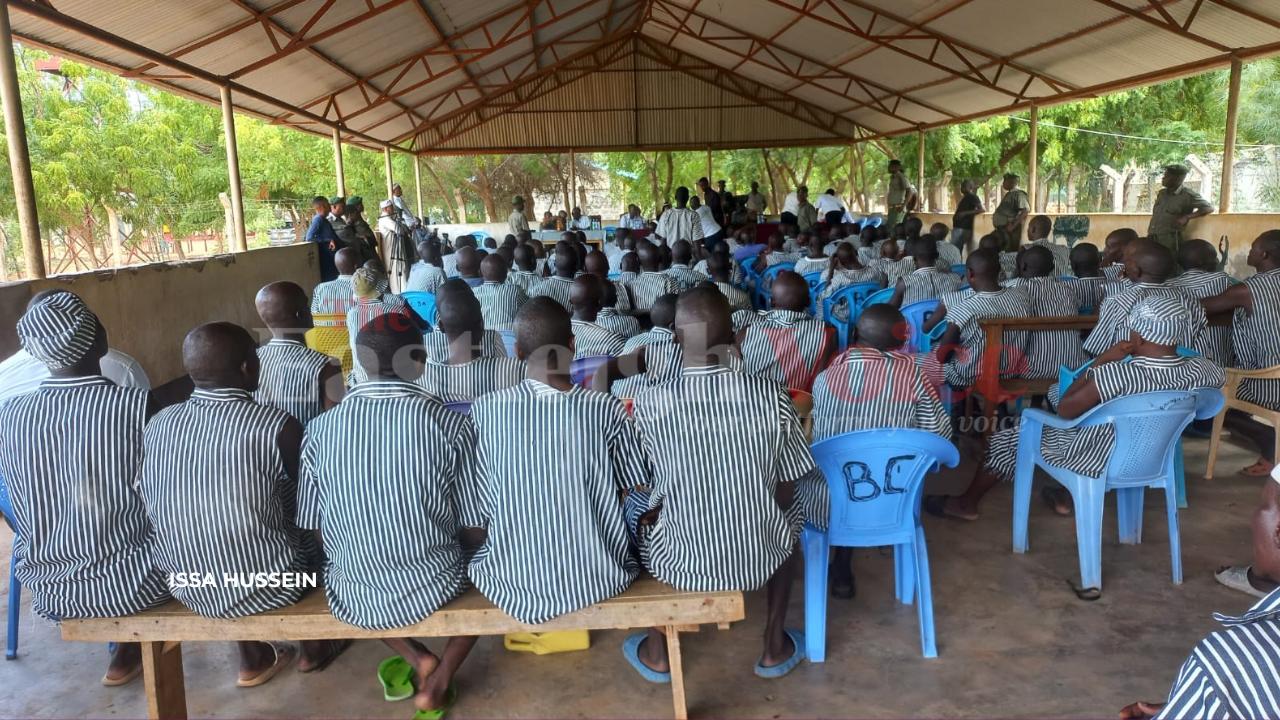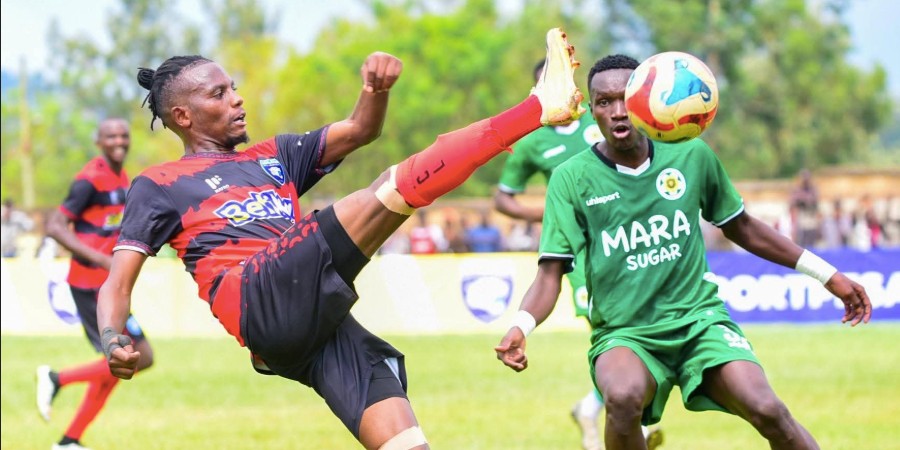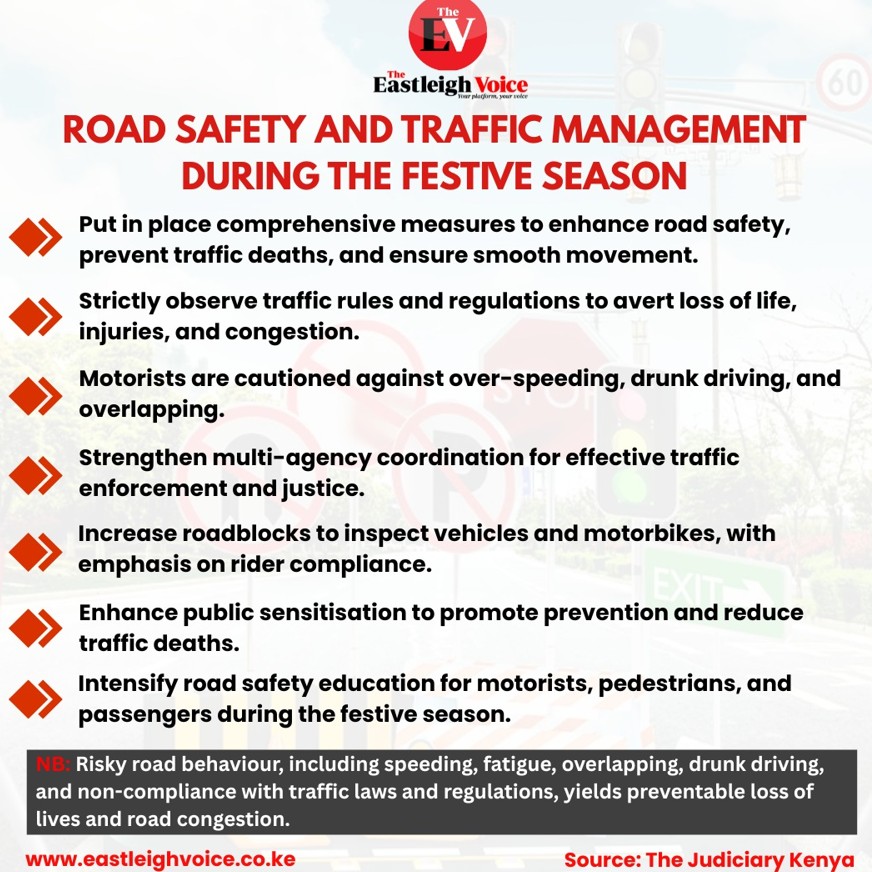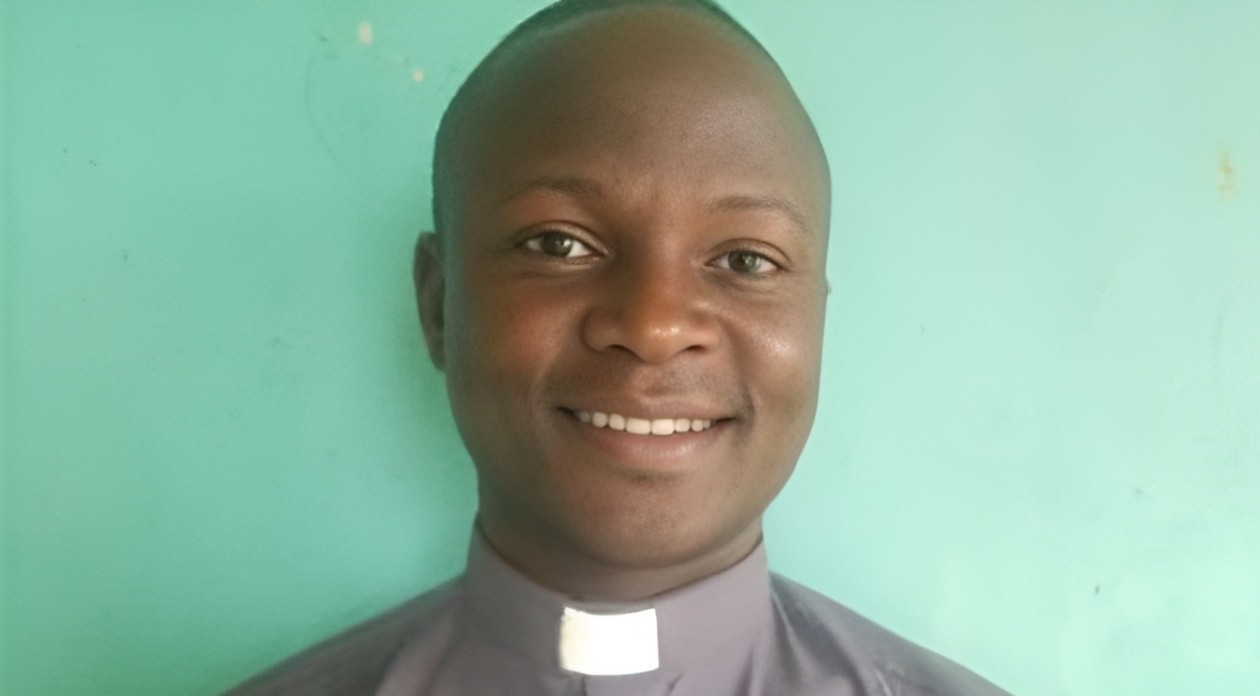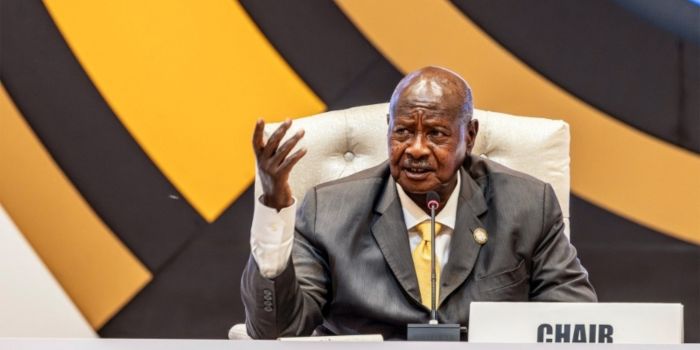From India to Kasarani: The untold story of Raila Odinga’s final journey home
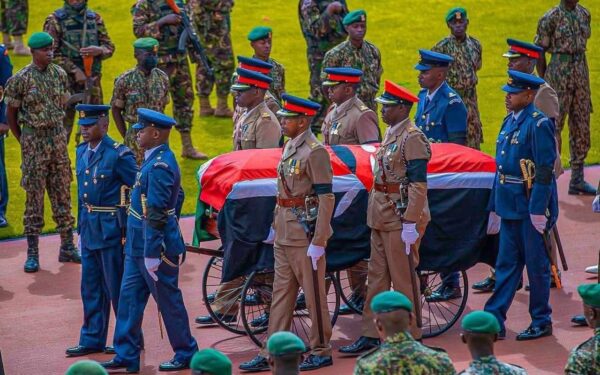
According to Oburu, the family had initially planned a brief period at either Lee Funeral Home or Jomo Kenyatta International Airport to prepare the body before moving it to Kasarani Stadium. However, the massive crowd at the airport made that impossible.
The repatriation of a deceased person from abroad often involves more than just transporting a body. In many cases, families and authorities must navigate logistical, cultural and legal considerations to ensure the remains are properly prepared for local ceremonies and burial.
This was the case for the late former Prime Minister Raila Odinga, whose body arrived in Kenya in a coffin different from the one used for the public viewing at Kasarani Stadium.
More To Read
- I feared for my life due to planned attacks: Gachagua on why he skipped Raila’s State funeral
- Nairobi County Assembly pays emotional tribute to Raila’s enduring influence
- Raila’s grave becomes political pilgrimage site as leaders vie for his legacy
- Four suspects arrested as detectives recover firearm stolen from GSU officer during Raila’s funeral
- ODM meets families of victims killed during Raila Odinga’s body viewing
- Raila Jr crowned as Raila Odinga family head in Luo cultural ceremony
Raila, who died in India on October 15, 2025, while receiving medical treatment, was repatriated to Kenya on October 16, 2025, ahead of the public viewing and burial. A delegation of Kenyan leaders went to India to oversee the process, and upon arrival in Nairobi, his body was transferred into a new coffin for public viewing.
His elder brother and Siaya Senator Oburu Oginga has now revealed that the change was necessary due to local burial requirements and the limitations of coffins used abroad, particularly in India.
“You know, in India, they don’t bury the dead; they cremate. So they don’t make decent caskets. When we went to the airport to receive the body, I didn’t know the sea of people who were waiting outside. We wanted to ask them to give us time to dress the body,” he said during an interview with NTV.
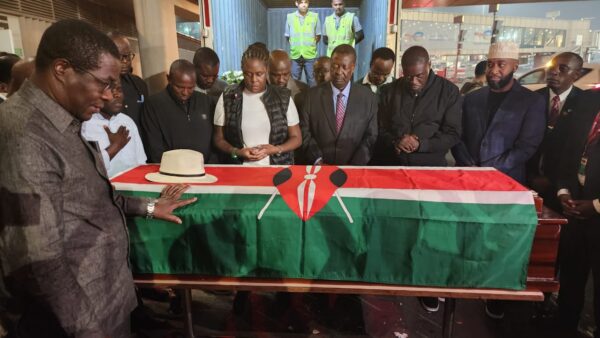 The Kenyan delegation, led by Prime Cabinet Secretary Musalia Mudavadi in India to facilitate the repatriation of the body of the late Prime Minister Raila Amolo Odinga on October 15, 2025, as Winnie Odinga looks on. (Photo: X/Musaia Mudavadi)
The Kenyan delegation, led by Prime Cabinet Secretary Musalia Mudavadi in India to facilitate the repatriation of the body of the late Prime Minister Raila Amolo Odinga on October 15, 2025, as Winnie Odinga looks on. (Photo: X/Musaia Mudavadi)
According to Oburu, the family had initially planned a brief period at either Lee Funeral Home or Jomo Kenyatta International Airport to prepare the body before moving it to Kasarani Stadium. However, the massive crowd at the airport made that impossible.
“So we wanted to have a short period of time, either at Lee Funeral Home or at the airport, to put the whole body in order and to dress up. Someone was convinced that if I spoke to the people and asked them to allow the family to prepare the body, they would listen. But when I said that, the rejection was overwhelming,” he said.
Due to the tension and the large number of mourners, the family and funeral directors instead finalised the preparations at Kasarani Stadium.
“We managed to dress the body at Kasarani itself once it arrived. You saw some teargas being used; it was to create space so the body could be transferred from the casket that came from India. The team from Lee Funeral Home was there at Kasarani Stadium to assist,” Oburu said.
The senator emphasised that the confusion around the two coffins was not deliberate but a logistical adjustment to ensure the late leader was respectfully presented during the national viewing.
He added that despite the logistical challenges, the family was determined to ensure that Raila’s body was properly prepared and presented to the public with dignity.
“It wasn’t hostility, it was pure love. People couldn’t let go,” he said.
According to the Ministry of Health, repatriation requires that remains be placed in a hermetically sealed casket, often zinc-lined, with dimensions not exceeding 200cm by 60cm by 60cm. The coffin must then be wrapped in black polythene and cushioned with a sponge. Authorities also require multiple documents, including a burial or transit permit, a death certificate and health clearance from the Director General of Health, particularly if the death involved a notifiable disease.
Oburu also revealed that the former Prime Minister had been battling a blood clot in his head for months, which required strong medication and led him to reduce public engagements, including the burial of former Minister Dalmas Otieno in Migori.
“It was some clot that was discovered on his head, and it was being dissolved by our doctors here in Nairobi,” he said.
Before his trip to India, Oburu said conflicting opinions among Kenyan doctors and specialists abroad prompted urgent intervention from President William Ruto.
“President Ruto personally organised his evacuation the next day. He took it seriously, and we didn’t even have to ask for help. He provided everything, including the special care. For that, we are very grateful,” he said.
In India, Raila had completed treatment at an Ayurvedic hospital in Kerala and was recuperating when he collapsed suddenly on Wednesday, October 15, 2025. While recalling their final phone conversation the night before, Oburu noted that his brother was in high spirits and had plans to travel to Dubai that weekend.
“I spoke to him the night before he died. He was in very good spirits. We talked about several issues, and we were to meet in Dubai that weekend,” he said.
He admitted that Raila’s death came as a complete shock, not just to Kenyans, but to their family too.
“We believed he was recovering,” he said, adding that reports about Raila’s improving health were accurate.
He, however, said he continues to draw strength from the legacy Raila left behind; a legacy of resilience, courage and unwavering belief in democracy.
Top Stories Today


